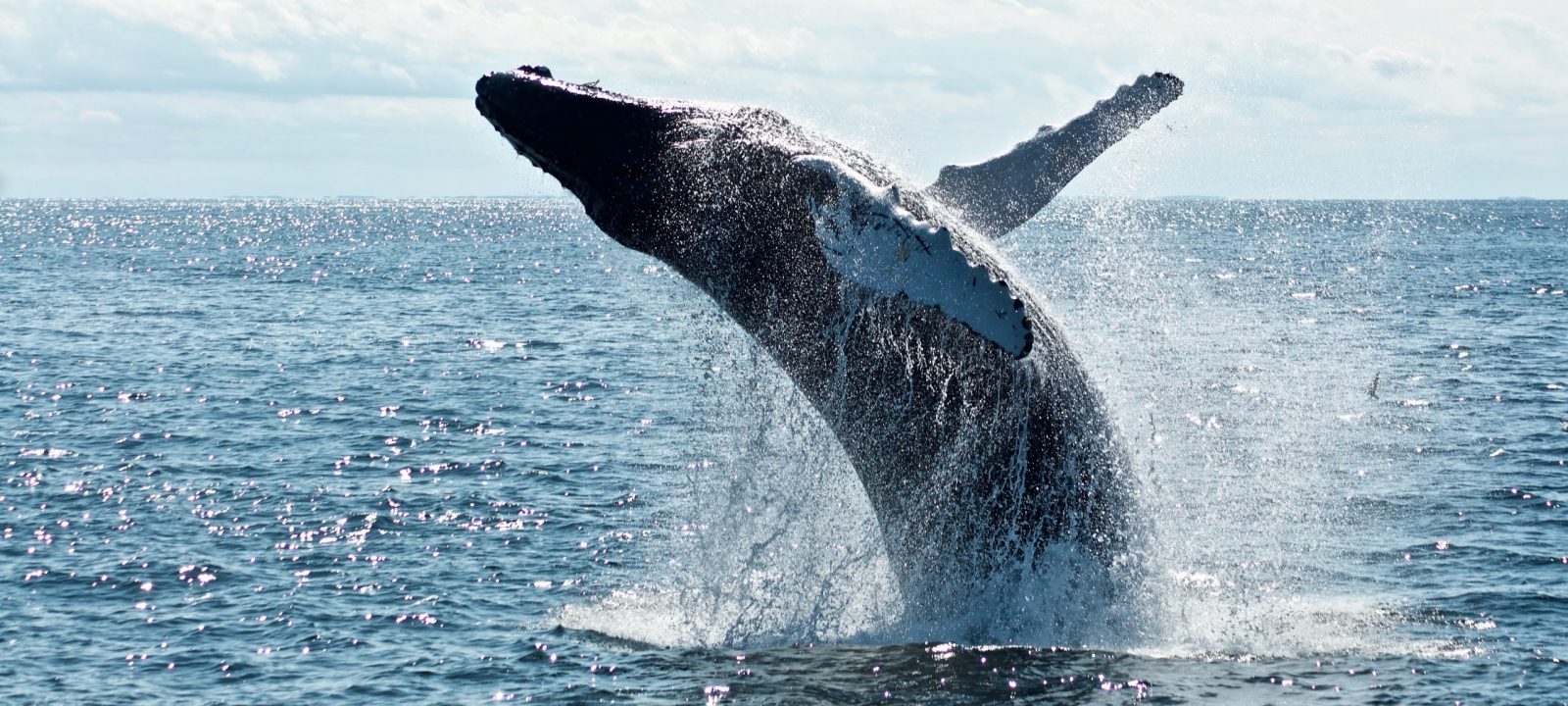As Byron Bay is the most easterly point of Australia, it is here that whales pass by extremely close to the mainland on their journey to the warm, shallow waters of Queensland to give birth to their young and some species are accompanied by the males to mate. Humpback whales are the stars of the annual whale migration and are one of the most common whales you will see. The male humpback whale is famous for its extraordinarily long and complex songs which travel very far throughout the oceans.



